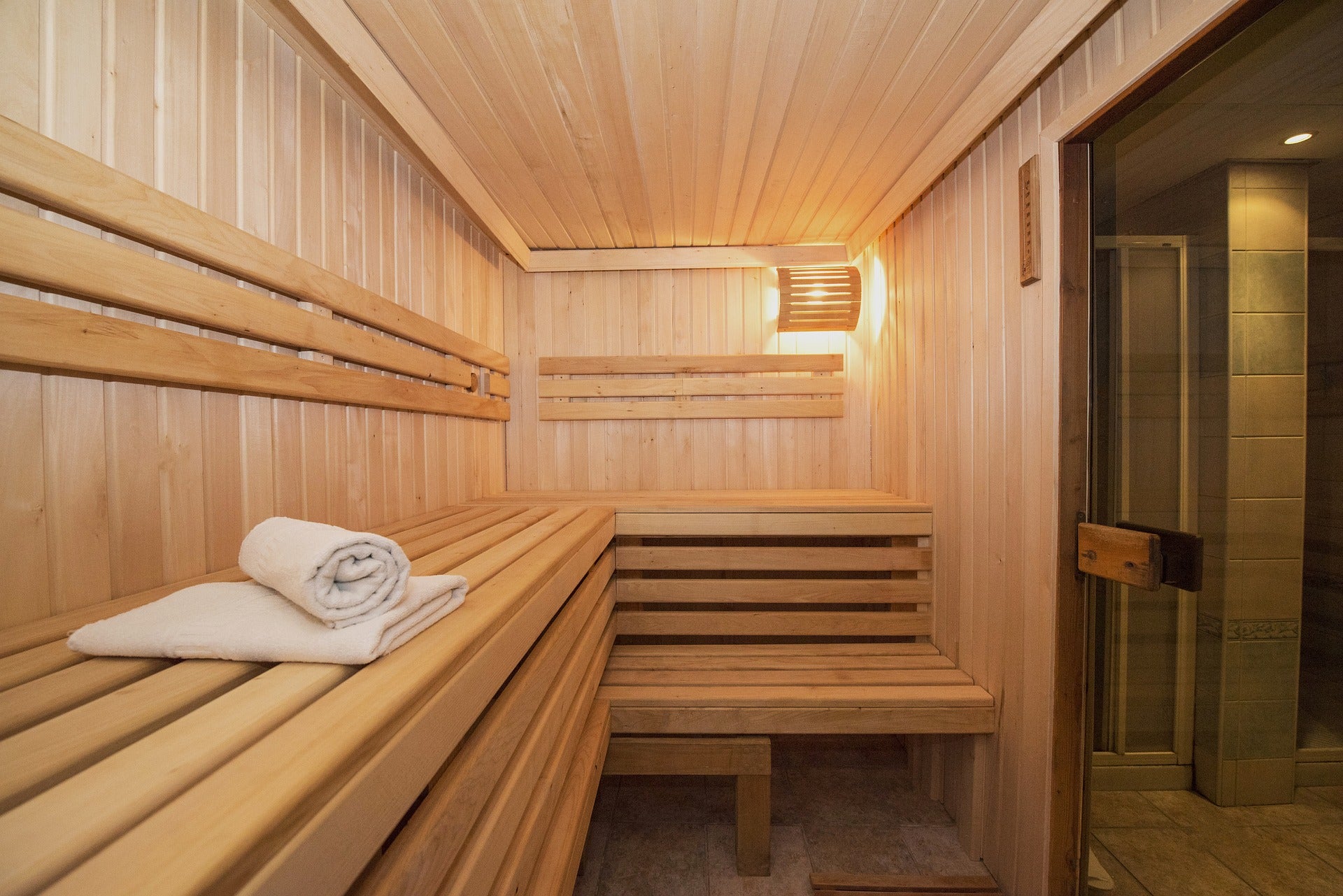Excitement About Traditional Sauna
Table of ContentsThe Definitive Guide to Traditional SaunaThe Ultimate Guide To Traditional SaunaThe Single Strategy To Use For Traditional SaunaThe Buzz on Traditional Sauna
A lot of the weight lost in a sauna is water loss and is re-gained upon rehydrating. Without a question sauna can be an important component of a healthy weight loss program. To take a look at the differences between standard and IR saunas, I will certainly separate these right into proven, theoretical, and fabricated differences.Hence, the most popular factor in the saunawhich is at the ceiling straight above the sauna heateris commonly in between 185 and 190 F. Traditional Sauna. Claims that a traditional sauna surpasses 200 F is merely not true and not suitable for electrical saunas marketed in the United States. The temperature for a far-infrared sauna is usually set in between 120 and 140 F; nevertheless, unlike the traditional sauna, the goal in and IR area is not to attain a high temperature level
Due to the fact that of this, the temperature level difference is almost unimportant, given that extreme sweating causes both sauna kinds, but the technique of warming the body is various. In an IR sauna the bather will really feel hot and will sweat a lot, yet at a lot lower temperature levels. Therefore, if the goal is to invest longer amount of times in the sauna, the IR sauna is a great selection.

Facts About Traditional Sauna Revealed
When the heat is attained, the aspects cycle on and off to preserve the high temperature. The majority of typical sauna individuals delight in putting water over the rocks to create steam to raise sauna humidity degrees. The benefits of putting water over the rocks consist of: making the room much more comfy, dampening the nasal passages, and enabling the usage of aromatherapy by mixing crucial oils with the water.
In a far-infrared sauna, the warm front pass through the body to efficiently heat up the body and elevate the body core temperature. To achieve this boosted temperature, Far-infrared emitters create infrared power which is close to the same wavelength as that which the body normally emitsoften described as the "Important Array" of 7 to 14 microns), so the energy is well received by the body.
When the power gets in the body, it triggers the body temperature to boost and inevitably leads to sweating. In an infrared sauna it's important for the emitters/heaters to continue to be on almost frequently. Given that there is no mass of rocks to preserve warmth, the sauna will cool if the emitters shut down.
As stated above, the sauna bather in an infrared room wishes to position himself before running emitters to obtain optimal advantage from the heat. The heating time for both areas can be extremely various, depending upon how the spaces are made use of. For a standard sauna, a bather must permit 30-40 mins for the area to accomplish a wanted temperature level and to correctly pre-heat the rocks.
6 Simple Techniques For Traditional Sauna
A well created sauna will commonly accomplish a temperature of 150-160 F in regarding 30-40 mins. For hotter temperature levels, the room may need to warmth for a longer period.
To some, 15 mins was "squandered" while the infrared power heated up the timber panels rather than heating a body, while others locate a pre-heated room to be more comfy and believe an elevated beginning temperature is needed to start sweating. The size of recommended use for every space is around the same (10-15 minutes per session); nonetheless, because of the reduced air temperatures link and the ability to really feel the impacts of infrared warmth much faster than a typical sauna, it is not unusual for a person to spend a total of 20-30 mins in an infrared sauna.
Standard saunas often tend to be bigger (hence utilize even more electrical power) than infrared saunas, although typical saunas are certainly offered in one and two person dimensions as well. For a two-person conventional sauna, 5x6 or 5x7 size find here is most popular. The top bench can comfortably seat 2 or 3 people and is also enough time to lie down during the sauna session.


The ordinary price per kWH of electricity in the U.S. is about $0.11, so a 4.5 kW heater will certainly cost about $.50 to compete one hour, if the heating unit runs continually for one hour. Generally a sauna heater will compete 75% of the very first hour and 50% of subsequent hours on given that the aspects cycle once the set temperature level is attained.
Our Traditional Sauna PDFs
A 2 individual far-infrared space is generally literally smaller sized than a typical sauna, typically regarding 4' x 4' or smaller sized. The IR heating unit is generally 1.5-1.7 kW utilizing a 120 volt 15 amp plug-in solution. Given that the room can be used faster than a sauna space, we will think the room is utilized for to of an hour consisting of warm up time.
Ultimately, there is a hardly ever reviewed distinction in view publisher site the social experience in between the two rooms. While our society has shed a few of the social advantage of the traditional sauna experience, it can be very socially satisfying. From family members time in the sauna, to heart-felt conversations with loved ones, to sauna partiesthe traditional sauna experience can lead to intimate mingling.
The majority of higher end infrared rooms consist of tinted light therapy, noise systems and full-glass fronts.